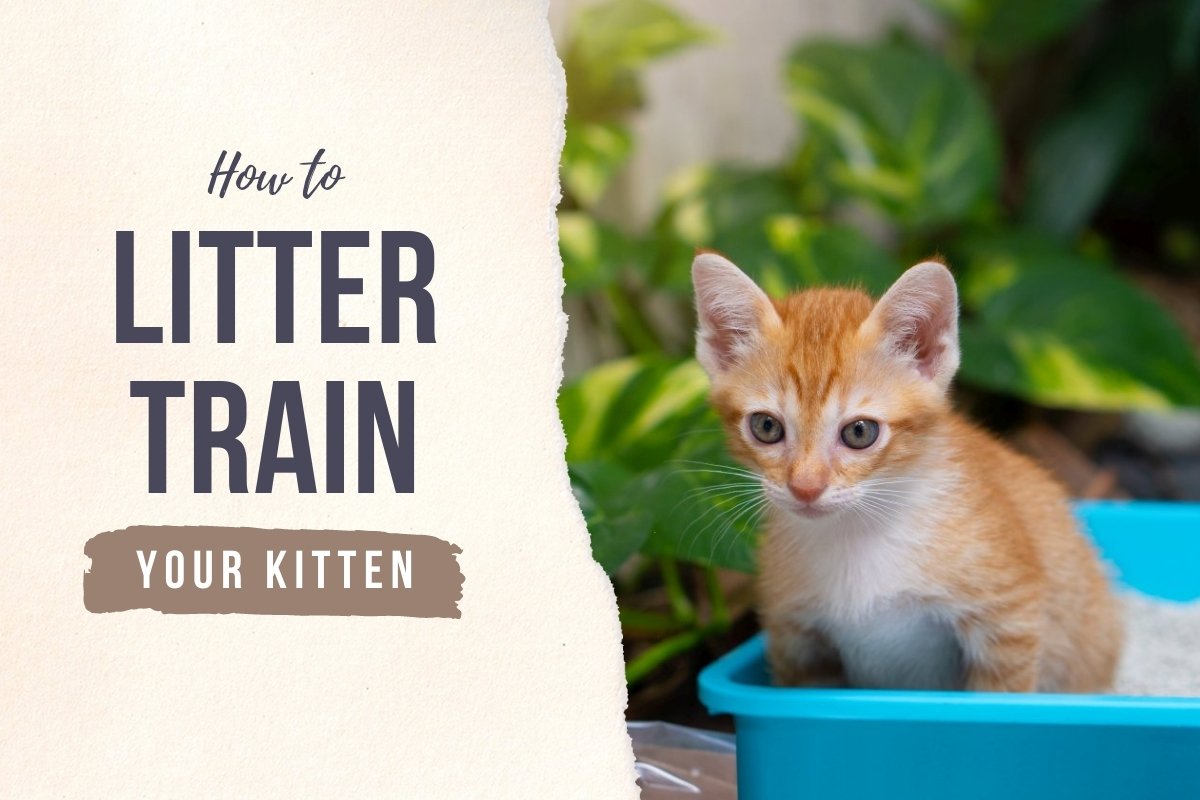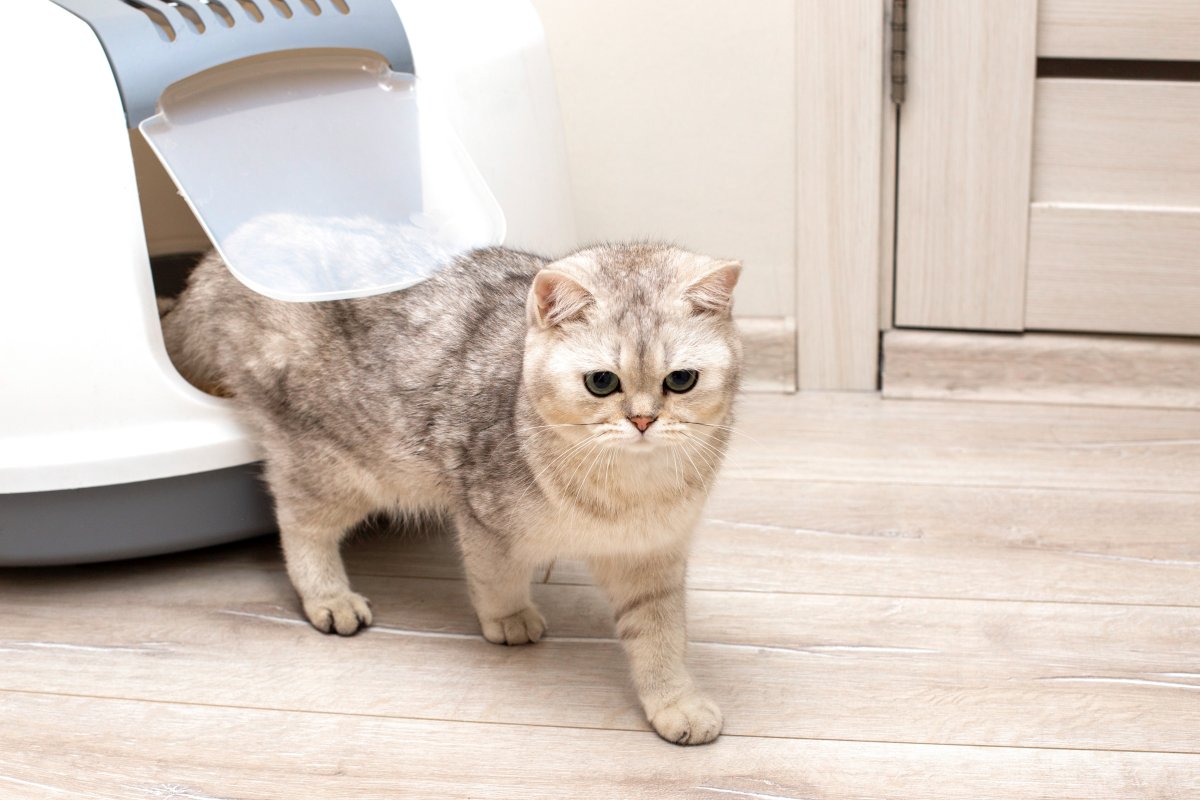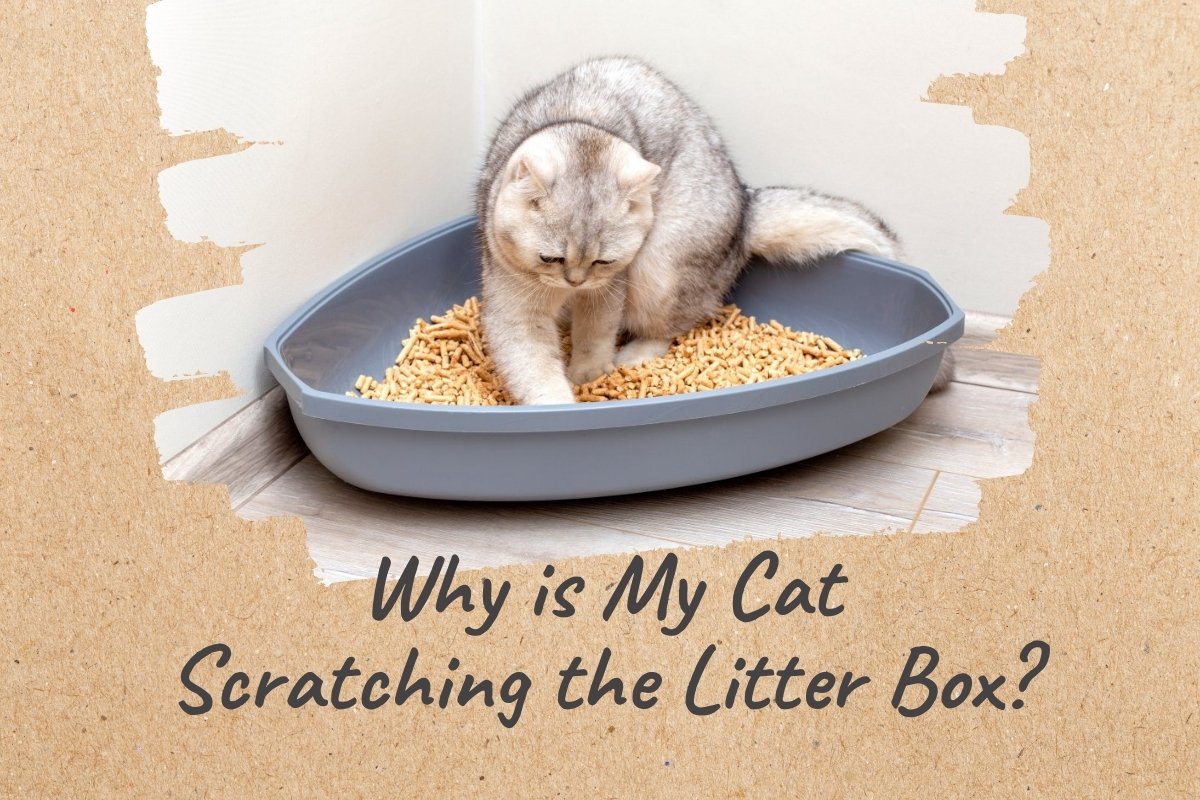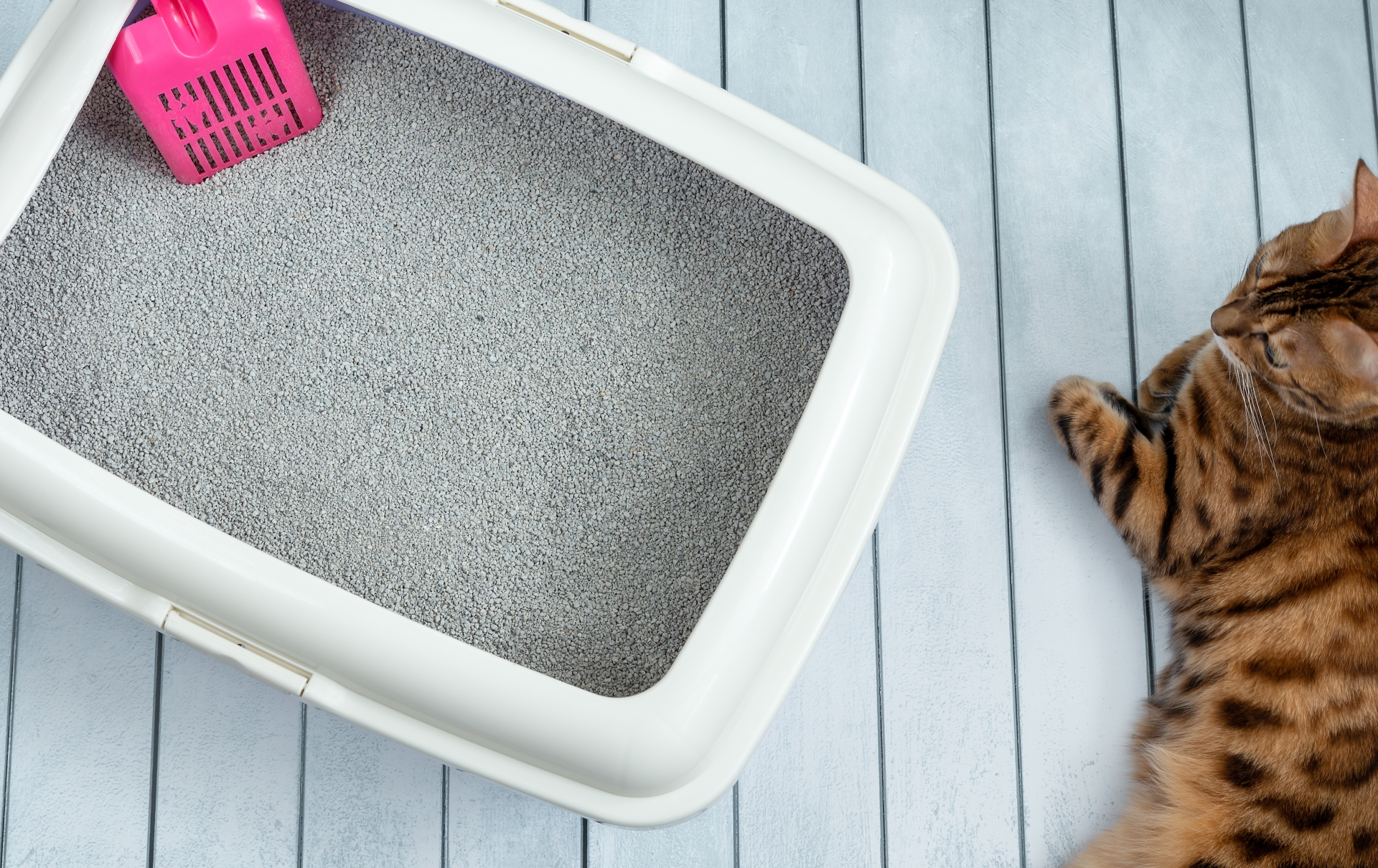One of the very first and primary concerns for any new pet parent is training their new friend to use the litter box. It is one of the most important habits that need to be instilled in young kittens for the betterment of their health and wellness. Therefore, one of the first challenges a new cat parent faces is to litter train your kitten.
Fortunately, using a litter box comes naturally to cats and especially kittens. Not to mention that young cats are more flexible in terms of adapting to a new habit. Hence with a few tips and techniques, your precious kitten will be litter trained in no time. Let us have a look at the necessary steps you need to take to litter train your kitten.
Steps to Litter Train Your Kitten
Cats are generally happy to use a litter box when it is time to go, especially if it is located in a secluded area since cats are known to value their privacy during this activity. Not only that, cats are comfortable with a sandy surface to urinate or defecate on, perhaps relating to their natural habitat and instincts. To habituate and litter train your kitten, follow the steps below.
1. Identify the Right Litter Box
Picking the right litter box when training your kitten to a new habit is just as important and is the first step to successfully establishing litter behaviors. As every cat and kitten is different in size and shape, their need for a suitable litter box varies as well. For young cats, they will most likely need a smaller litter box that will accommodate their tiny bodies and gradually move up the sizes of the litter box as they grow.
This is the most appropriate way to introduce the new habit and litter train your kitten. But just how big or small should the box be? When looking for a new litter box for your feline companion, you need to make sure that your kitten will be able to stand up and turn around without touching the sides of the box and squat comfortably.
Some litter boxes have side borders that stand as a barrier for young cats to enter; make sure this is not the case with the litter box you choose and that it will allow your kitten to easily enter and exit.
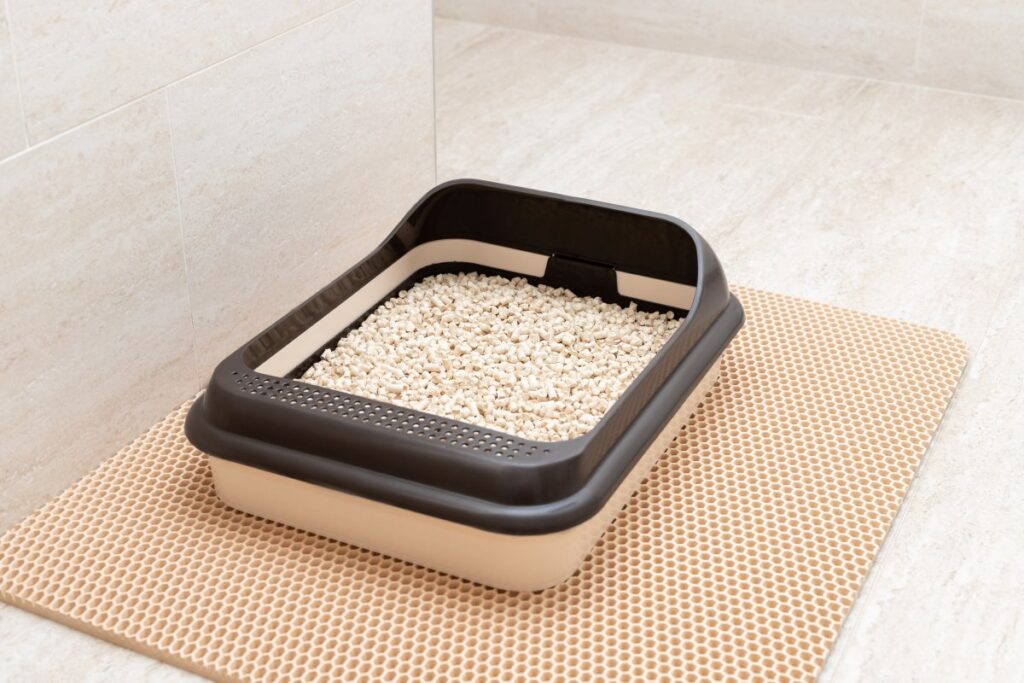
2. Choose the Appropriate Litter
Once you have chosen the litter box, the next step is to select the type of litter that works best for your kitten. There are a variety of different types of litter available on the market, so you will have to identify the right one; perhaps your best bet is to test different types of litter with your kitten to see what she prefers.
The most common types of litter are typically made of pine, clay, corn, and recycled newspapers or silica gel. In addition to that, you can also choose between scented or unscented litter. If your kitten was using the litter before you adopted her, then make sure to get the same one as before.
3. Start Litter Training
Once you have obtained the right litter box and type of litter for your cat, the next step is to train your furry friend for the main event. Start by placing the litter box in a secluded area, such as in a bedroom nobody uses.
You might also want to gently place your kitten inside the litter box to encourage her to use it. Once you notice your kitten regularly using the litter box, you can then change the location and place the box in a less crowded space that is more easily accessible to your kitten.
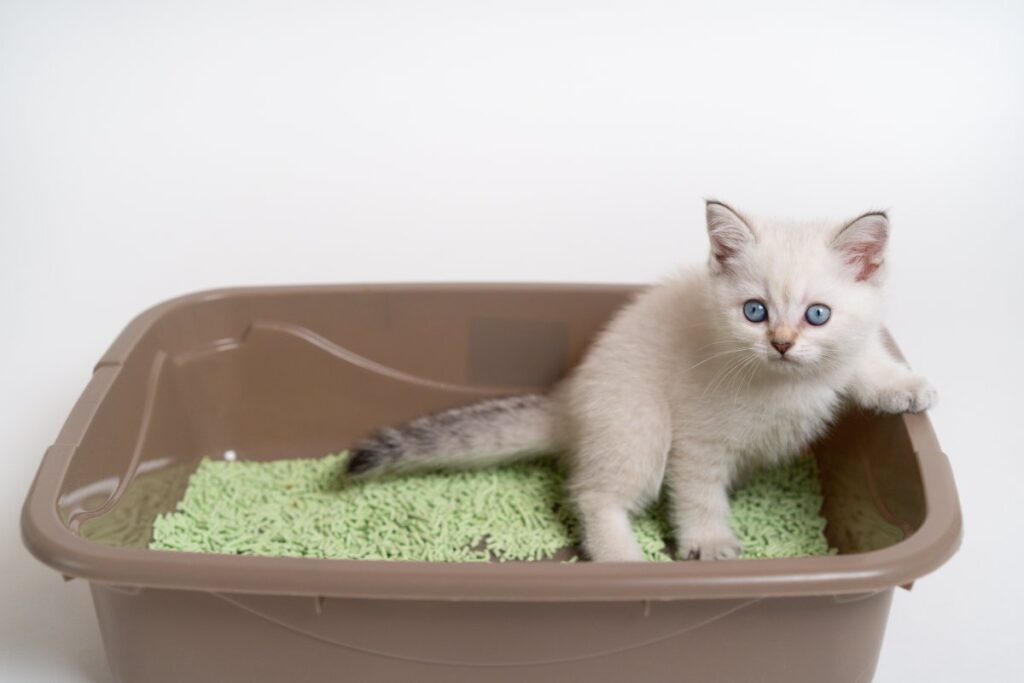
4. The Right Spot for the Litter Box
Finding the right location for your kitten’s litter box in your home is just as important as the other steps. It should be placed in a quiet and peaceful area that normally has minimum traffic. However, this does not mean that it is so far and secluded that there are no humans nearby when your kitten is doing her business.
Loud and noisy rooms such as the laundry room are not suitable places for a cat’s litter box, so make sure to avoid that. In addition to that, you are also advised to have a litter box on each floor of your home, so your cat does not have to travel far when nature calls.
5. Have the Right Number of Litter Boxes
Behavioral experts suggest that there should be one litter box per cat and an additional one just in case. So if you have more than one cat, make sure you accommodate each one with their litter boxes. Subsequently, you may also need to avoid placing two different litter boxes in the same room to prevent any territorial issues between your kittens.
6. Cleaning the Litter Boxes
Cats are famously known for their self-grooming and hygiene-intensive routines. This means that if their litter box is too messy and dirty, then they will most likely avoid using it and may do the deed around the house.
So make sure to clean the litter box by scooping the waste once a day and washing the litter box with unscented soap and warm water once a month. It is also recommended to replace the old litter box with a new one every year.

7. Oversee Your Kitten’s Litter Behavior
Once you litter train your kitten, your next responsibility is to constantly monitor your kitten’s behavior. This is because the first place to inspect for any health-related issues with your feline friend is the litter box. If your kitten starts to urinate and defecate outside the litter, then you should visit the vet and identify the problem.
Conclusion
Having to litter train your kitten requires some effort, but it is worthwhile for the long term. If you follow these steps carefully, then you should face no problems, and your kitten will be trained before you even know it.

